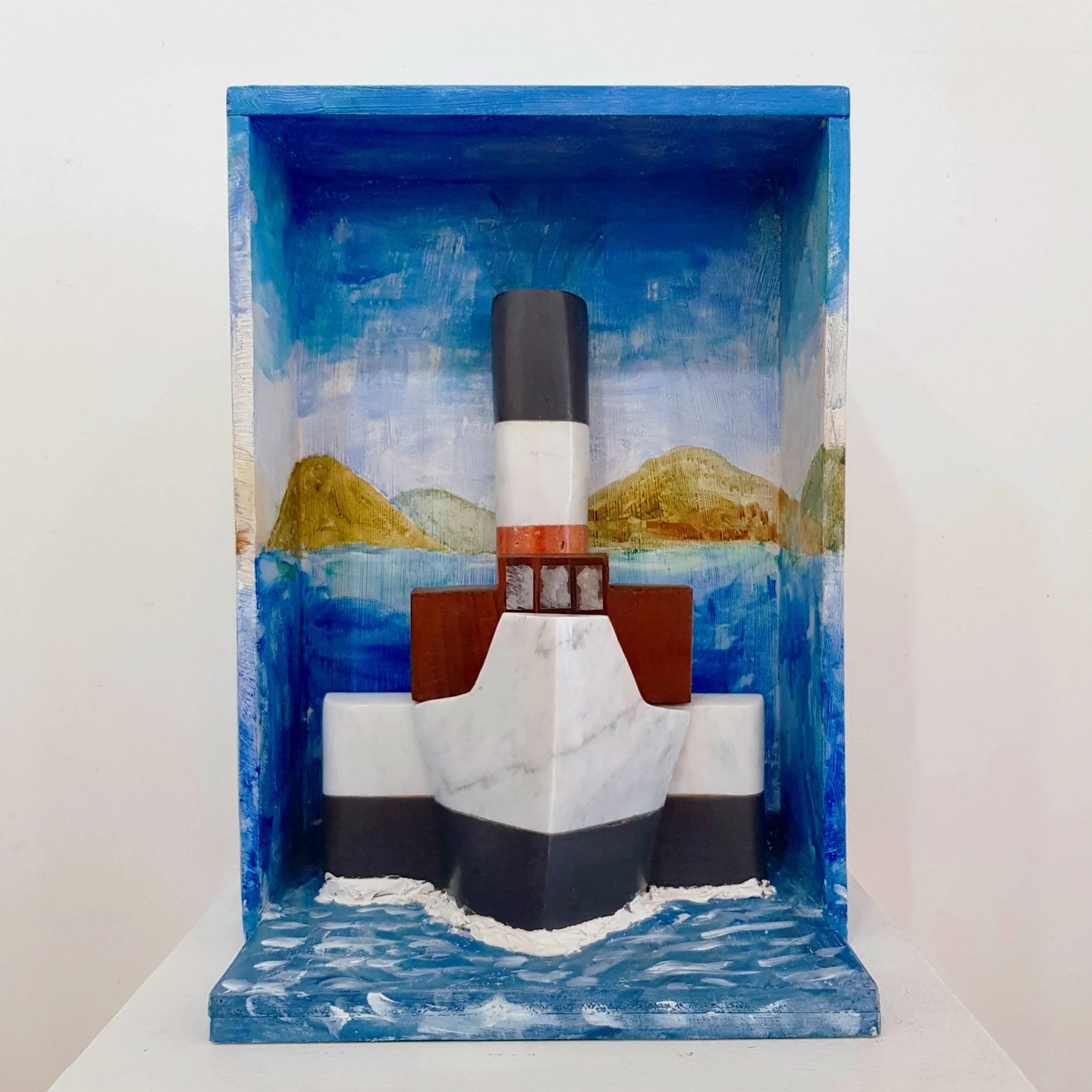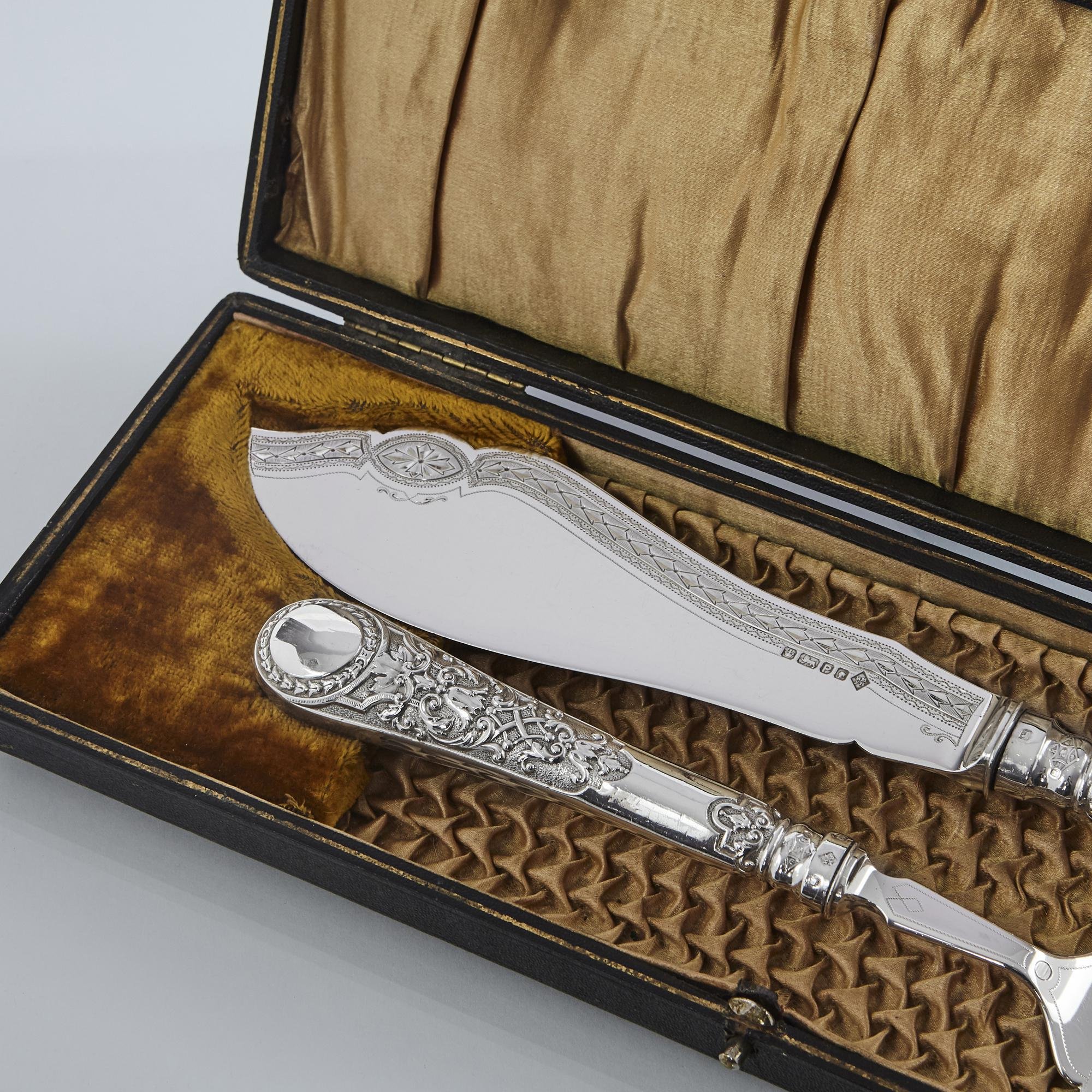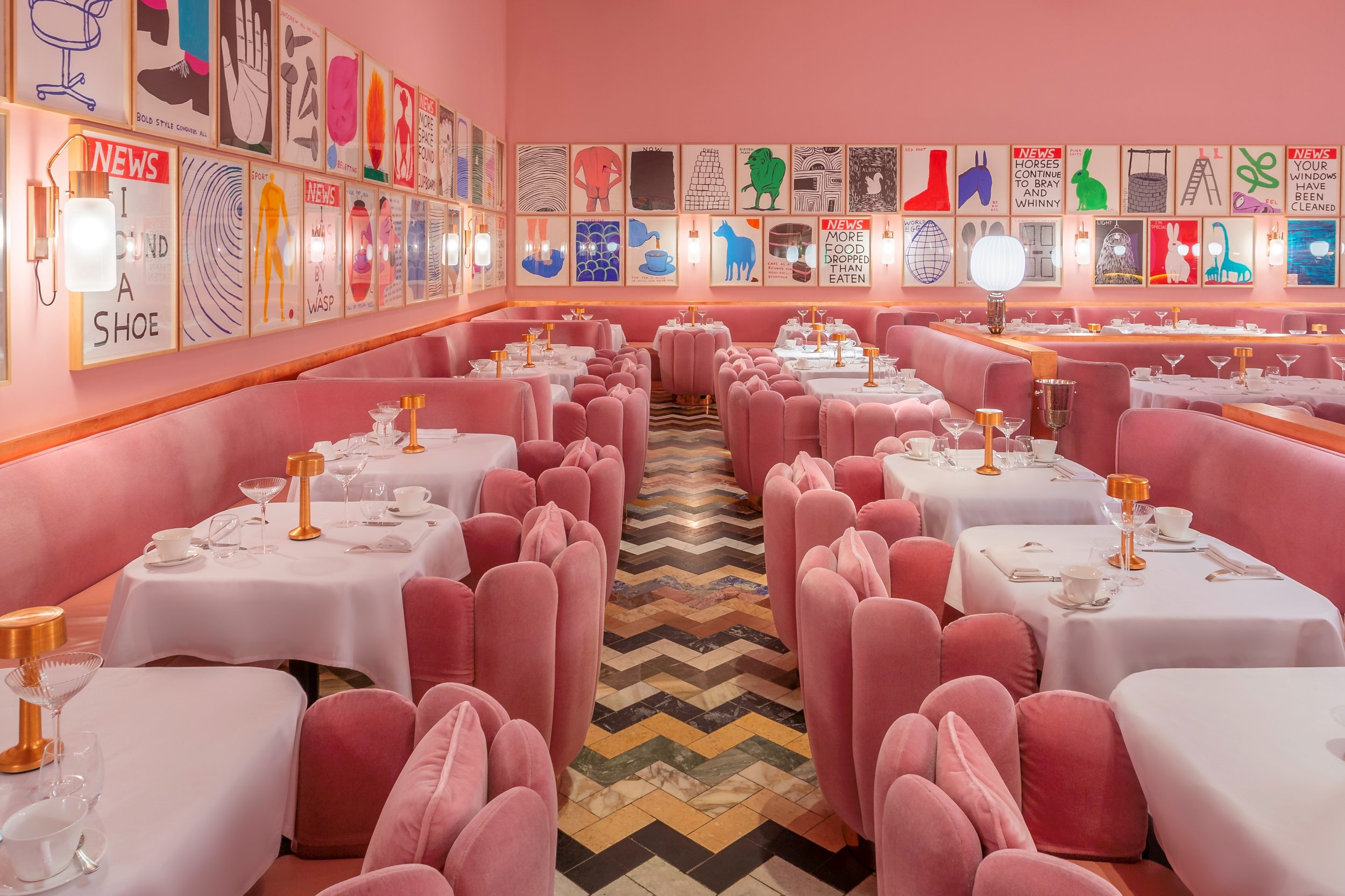Big Pigs: Prize Pig Portraits
22 SEPTEMBER 2022
Livestock portraits were a serious business for 19th century big wigs.
Olivia Smith
Olivia Smith is a writer and academic who is currently editing a seventeenth century book about bees.
‘Prize Sheep’, 1838, oil on canvas, 54.5 x 67.5 cm. By William Henry Davis (1786–1865)
Image from Museum of Lincolnshire Life
There’s a lovely children’s story by Mairi Hedderwick in which Katie Morag (the main character, who lives on a Scottish island) helps her grannie get her best sheep, Alecina, ready for a livestock competition. On the day of the contest naughty Alecina goes swimming in a bog, and the pair save the day by secretly giving her a makeover with curlers, peroxide, and luxury shampoo. The illustration of the little girl and the old woman gleefully coiffing their sheep is very funny, as is the page depicting disgruntled local farmer Neilly Beag with his conventionally presented, prize-losing animal. We can imagine the photo on the front page of the local paper, and Hedderwick taps into the history of livestock prizes and their accompanying illustrations for brilliant comic effect.
Prints and paintings of supermassive, prizewinning livestock started to appear as a regular genre in the eighteenth century. In ‘prize sheep’ by William Henry Davis the huge, oblong fleece takes up a vast proportion of the portrait, and is extremely detailed, its shading standing out against the cloud in the background. Men pose by their animals as if they are there for scale. Sometimes animals appear on their own, like this Berkshire pig painted by Richard Whitford, which was described by the judges at the Royal Agricultural Society’s Show at Cardiff in 1872 as one of ‘the best-looking pigs out’ (MERL catalogue).
This was a moment that also saw innovations in printmaking, such as etching, mezzotint, aquatint, lithography and techniques like stipple (a sort of dotting effect), and all these techniques were used to depict animals that advertised their own farmed products. Pig depicted on your sausage packet? This is its history.
These portraits were painted when selective breeding was being developed by people like Robert Bakewell, and notions of what was desirable in livestock were being fine-tuned. Sheep, cows, pigs (and horses) were being strategically enhanced to promote features like thick wool or meatier bodies. The idea that new breeds were thought of as inventions tells us that the men in these portraits understood themselves as possessing an innovative mastery over nature itself in addition to a more traditional mastery of farming and estate management. The market for these 'naive' paintings was big in the 1980s, with its fondness for entrepreneurial myths.
‘Prize Winning Berkshire Pigs’. Oil on canvas 18.5 x 25.5 in. Signed and dated R Whitford 1860.
Available from Blackbrook Gallery.
Oil on canvas of cow in landscape c.1800, unknown artist.
Available from Peter Bunting Antiques.
Like Mairi Hedderwick, caricaturist James Gilroy captured the comedy of the genre in his satirical print ‘Fat Cattle’, where we see the Duke of Bedford squeezing a giant ox and speaking a sort of fantasy of prizewinning. The animals were almost always painted side-on, like a butcher’s chart. Articles in The Farmer’s Magazine repeatedly talk about animals being of a particular ‘shape.’ When the Museum of English Rural Life went viral with a tweet of a chunky sheep with the text ‘look at this absolute unit’ that could just as well have been a Gilroy-esque speech bubble, it so perfectly captured the mood of the original livestock improvers.
‘Gloucestershire Old Spot’, oil on panel, 1800-05 by James Ward, 1769–1859, signed.
Image from Yale Center for British Art, Paul Mellon Collection
Livestock portraits are important historical documents and there are expansive collections in museums like the MERL as well as a regular trade through specialist galleries. Today they often get bought for settings like gastropubs or hotels that are trying to create an ‘old,’ ‘historic,’ or ‘rural’ feeling, and will sell for anywhere between £1000 - £20,000 depending on provenance and historical importance. Currently, an 1853 painting of a white short-horned bull by William Henry Davis could be yours for £10,000. Livestock artists often began as sports artists, painting famous racehorses, and equestrian portraits are still more valuable, with cows and pigs being sold around the edges of more lucrative lots, as seen in sporting sales at the likes of Sotheby’s and Christie’s Sotheby's 'sporting sale' of 2008.
Now the most interesting livestock art to buy or follow is that of a second order: artists who have taken old 'big pig' paintings as inspiration and created new responses that engage with agriculture today. In her project ‘Sire’ Dublin-based artist Maria McKinney explored themes of cattle breeding and genetics, influenced by earlier livestock portraiture but up to date with twenty-first century science. Her photographs show huge, modern, bull breeds from an Irish stud farm adorned with structures made from plastic semen straws, which are part of the technology of artificial insemination. Her double muscle videos show the Belgian Blue breed otherwise known as the ‘Schwarzenegger cow’ which has had its myostatin gene, the gene responsible for regulating muscle growth, turned off. Her silent film of this super-hunk bull, standing with its owner, is in dialogue with those early images but draws you eerily inside the frame with man and beast.

































